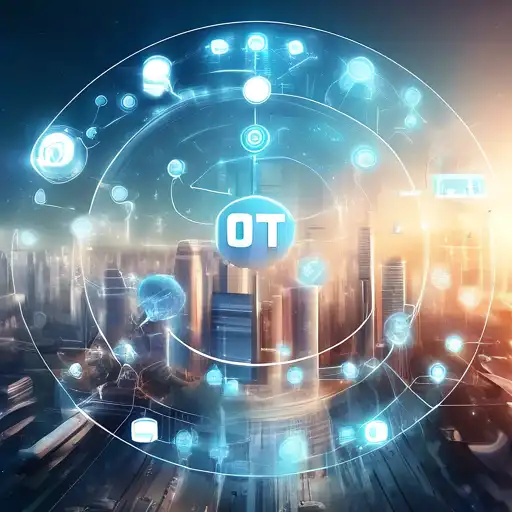The Future of IoT: Predictions for 2025
The Internet of Things (IoT) is rapidly evolving, transforming how we interact with technology on a daily basis. By 2025, IoT is expected to reach new heights, with advancements that will further integrate digital and physical worlds. This article explores the key predictions for IoT in 2025, focusing on emerging trends, potential challenges, and the impact on various industries.
1. Exponential Growth in IoT Devices
By 2025, the number of connected IoT devices is projected to surpass 75 billion worldwide. This growth will be driven by the increasing demand for smart home devices, wearable technology, and industrial IoT solutions. The expansion of 5G networks will also play a crucial role in supporting this surge, offering faster and more reliable connections.
2. Enhanced AI Integration
Artificial Intelligence (AI) will become more deeply integrated with IoT, enabling smarter and more autonomous systems. From predictive maintenance in manufacturing to personalized healthcare monitoring, AI-powered IoT devices will offer unprecedented levels of efficiency and convenience.
3. Focus on Security and Privacy
As IoT devices become more prevalent, security and privacy concerns will take center stage. Manufacturers and developers will need to prioritize robust security measures to protect sensitive data and prevent cyberattacks. Innovations in blockchain technology may also emerge as a solution for securing IoT networks.
4. IoT in Healthcare
The healthcare sector will witness significant transformations with IoT. Remote patient monitoring, smart pills, and AI-driven diagnostics will become more common, improving patient outcomes and reducing healthcare costs. For more insights, check out our article on The Future of Healthcare Technology.
5. Smart Cities and Sustainable Living
IoT will play a pivotal role in the development of smart cities, optimizing traffic management, energy usage, and waste management. These advancements will contribute to more sustainable living environments and reduce the carbon footprint of urban areas.
Challenges Ahead
Despite the promising future, the IoT landscape faces several challenges, including interoperability issues, data overload, and the need for standardized regulations. Addressing these challenges will be critical for realizing the full potential of IoT by 2025.
In conclusion, the future of IoT is bright, with innovations that promise to revolutionize industries and improve quality of life. Staying informed and adaptable will be key for businesses and individuals alike to thrive in this evolving digital ecosystem.
